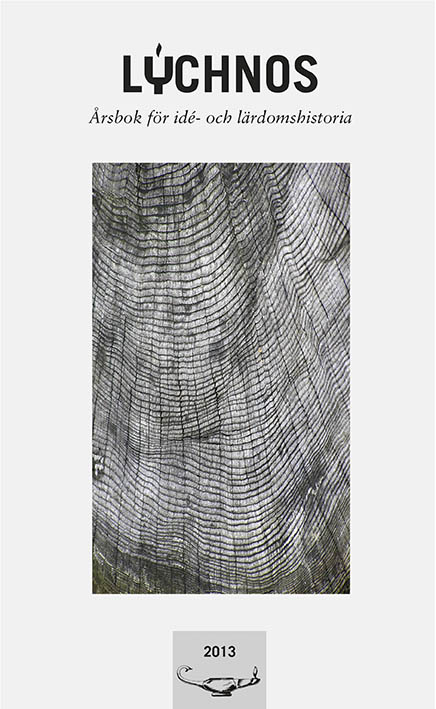Exploring the silent fate of manuscripts
The role of the archive in the production of historical knowledge
Abstract
The archive is not only a place where texts are gathered, organized and made available. It is also a place where texts are defined and changed and where information disappears. Insufficient knowledge about documents’ context of production easily results in misleading labels, dating and storage locations. These choices affect which manuscripts are found by researchers, how they are interpreted and valued, whether or not they are used, and in the end, what histories are told. In this article, these aspects are illustrated through the study of an unrealized encyclopedic project, executed by Benedictine monks in mid-eighteenth-century Paris, parallel in time to the Encyclopédie of Diderot and d’Alembert. The preserved manuscripts of the Benedictine project were brought to the Bibliothèque nationale de France (BnF) in the 1790s, where they were subjected to extensive rearrangement during the nineteenth century. Since then, the few researchers who have noticed the manuscripts’ existence have disregarded them as “strange”, without considering the role of the archive in their alteration. Similarly, the misleading placement (and implicit erroneous dating) of a letter, elucidating the history of the Benedictine project, has brought previous researchers to assume that it referred to another enterprise. The article illustrates the importance of always questioning the current form, classification, dating and placement of archive documents. It is also a reminder of how easily the archive can become invisible to us, even when we are sitting in the middle of it.
Downloads
Published
Issue
Section
License
This work is licensed under a Creative Commons Attribution 4.0 International License. The copyright for the work published in Lychnos remains with the authors.


